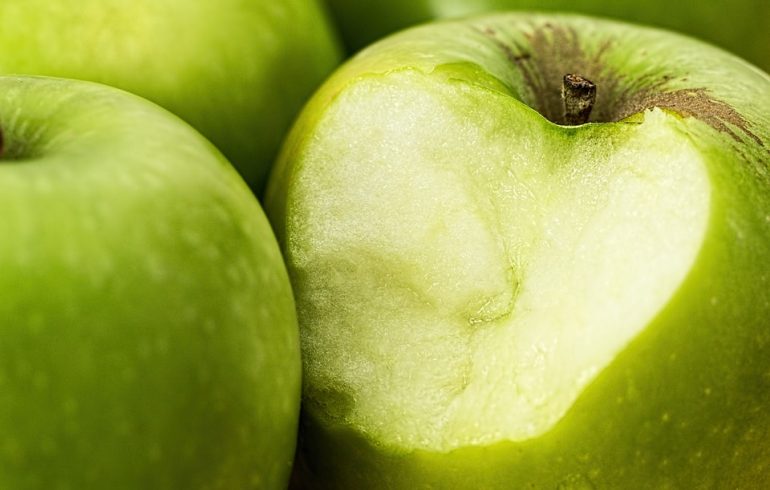The U.S. Patent Office has extended the After Final Consideration Pilot 2.0 (AFCP 2.0) in its current form through September 30, 2017. This enables patent applicants to take a second bite at getting claims of their patent application that have been given a final rejection allowed, without resorting to filing a Request for Continued Examination (RCE) and paying the RCE fee.
The goal of AFCP 2.0 is to reduce the pendency of patent applications by reducing the numbers of RCEs filed. AFCP 2.0 encourages collaboration between the patent applicant and the Patent Office Examiner examining the patent application of the patent applicant to effectively advance the prosecution of the patent application.
In order for a patent applicant to be eligible to participate in AFCP 2.0, the claims of the patent application must have received a final rejection from the Patent Office. The patent application must also be an original utility, plant, or design non-provisional patent application, or an international application that has entered the national stage in the U.S. Patent Office. Continuation and divisional patent applications are also eligible to participate in AFCP 2.0. Reissue applications and reexamination proceedings are not eligible to participate in AFCP 2.0.
AFCP 2.0 requires that the patent applicant specifically request consideration under the program. To accomplish this, it is advisable to use the Patent Office form PTO/SB/434, which identifies the submission made in the patent application as an AFCP 2.0 submission and requests consideration under AFCP 2.0. The AFCP 2.0 submission must be filed electronically using the Patent Office electronic filing system.
The submission under AFCP 2.0 must also include an amendment to at least one independent claim of the patent application that does not broaden the scope of the independent claim in any aspect.
The submission under AFCP 2.0 must also include a statement from the patent applicant (or the applicant’s attorney) that they are willing and available to participate in any interview initiated by the Patent Office Examiner examining the patent application in which the amendment to the at least one independent claim filed with the AFCP 2.0 submission will be discussed.
There is no fee for filing an AFCP 2.0 submission. However, the AFCP 2.0 submission must also include any fees that would be due when filing an after final response under current practice. For example, if the AFCP 2.0 submission is filed 4 months after the mailing date or the notification date of a final rejection received in the patent application, the AFCP 2.0 submission must include the appropriate fee for a 1 month extension of time beyond the shortened 3 month period for responding to the final rejection.
On receipt of an AFCP 2.0 submission, the Examiner handling the examination of the application will review the submission to ensure it is complete by ensuring that it includes the transmittal form, an amendment to at least one independent claim of the application, the statement that the applicant (or the applicant’s attorney) is willing to participate in an interview, and any fees due. If the AFCP 2.0 submission is determined to be incomplete, the Examiner will treat the submission as any other response filed after a final rejection.
On determining that the AFCP 2.0 submission is complete, the Examiner will then review the amendment of the at least one independent claim. In this review, the Examiner will determine whether the amendment to the claim will require an additional search of the prior art to determine whether the subject matter of the amended claim is distinguishable over the prior art. The provisions of AFCP 2.0 provide the Examiner with additional time to conduct a further search of the prior art.
After the additional search of the prior art is completed, the Examiner will determine if the amendment to the at least one independent claim places the application into condition for allowance. If the Examiner determines that the amendment to the at least one independent claim puts the application into condition for allowance, the Examiner will enter the amendment and send a Notice of Allowance to the patent applicant. If after the additional search, the Examiner determines that the amendment to the at least one independent claim does not appear to place the application into condition for allowance, the Examiner will then contact the patent applicant to schedule an interview to discuss the amendment.
The interview with the patent applicant (or the applicant’s attorney) will be conducted by the Examiner. If the Examiner does not have negotiation authority, the interview will be conducted by the Examiner and a Primary Examiner or a Supervisory Patent Examiner. Following the interview, the Examiner will prepare an appropriate response to the submission filed after the final rejection according to current practice.
In view of the AFCP 2.0 being extended by the Patent Office to September 30, 2017, it appears that AFCP 2.0 is achieving its goal of reducing RCEs, and thereby reducing the pendency of patent applications.

